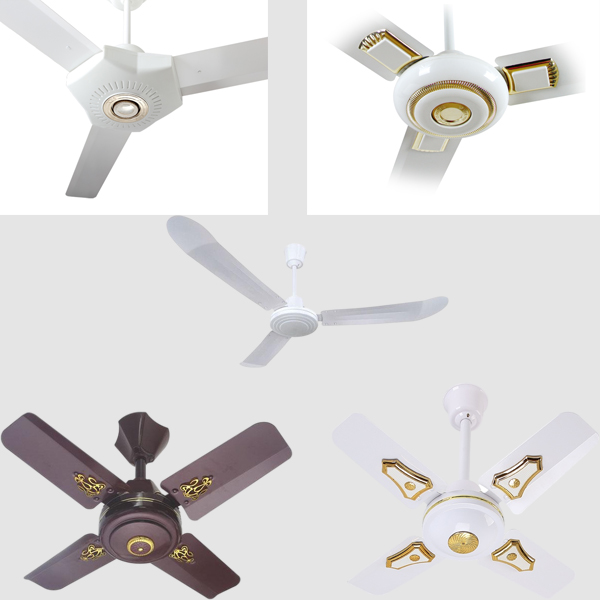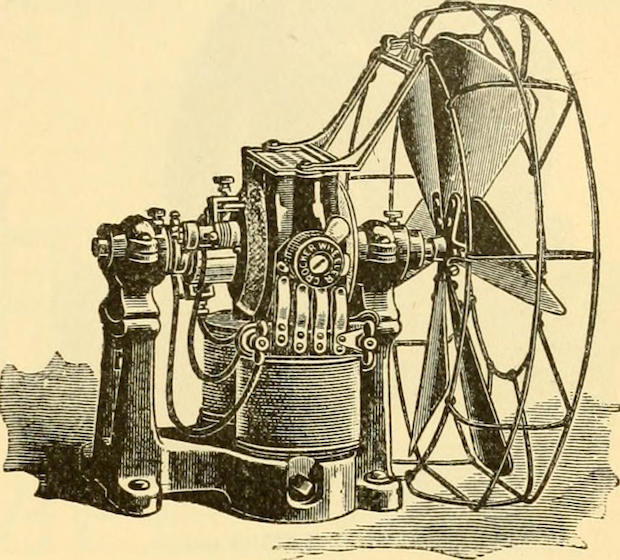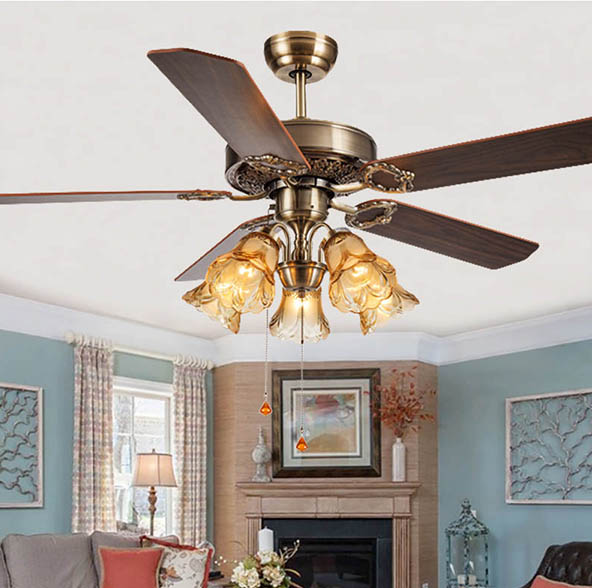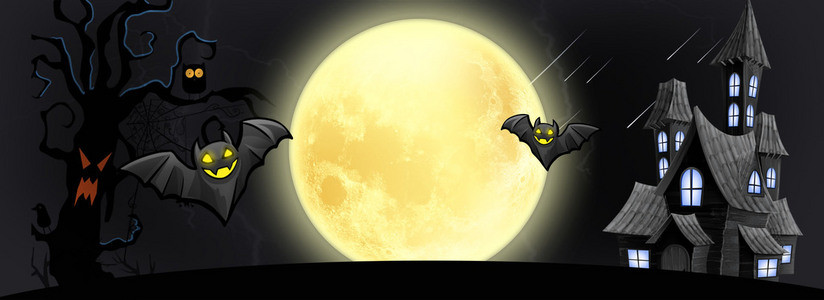A refreshing breeze from a reliable electric fan can be the perfect remedy to a stuffy room. So our professional quality test for electric fan can help you avoid the profits loss as quality issues.
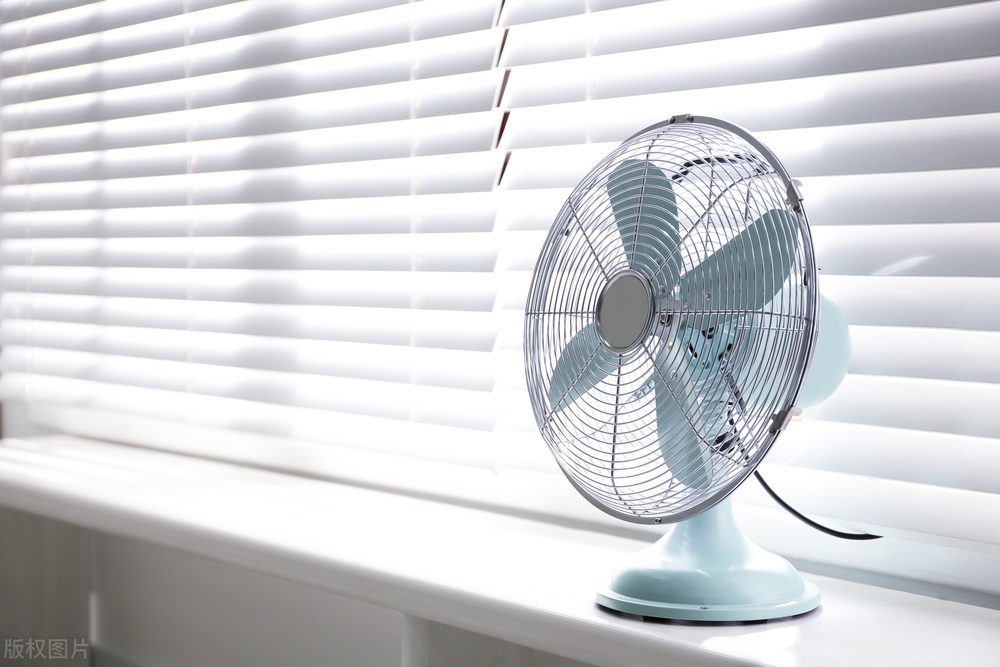
With 20 years plus experienced quality control team , we control the Quality of fans exactly according to the AQL request of each Clients. It mainly can be summaried by below points .
1.Performance
We test fan’s full range of air speeds using an anemometer. When measuring maximum fan speed, we also look at how good the fan blows a room with cool air from outside (if you place it near an open window).
We also record the amount of noise a fan makes at its lowest and highest setting, and at the setting that’s most comparable across all tested models.
2.Easy of use
After assembling an electric fan in our production line, we make notes on the usefulness of the instruction manual and how much of a chore the setup process proved to be.
Once the electric fan is turned on, we review the accuracy and effectiveness of any remote controls that come bundled with the product.
We also assess how easy the fan is to use on a daily basis, based on its typical functions, settings and displays. We check to see how accessible the control switches are and how easy it is to adjust oscillation.
3.Features
Our features checks what useful features a fan has, including the number of speed settings available, oscillation, built-in timers and remote controls.
4.Power consumption
Nobody wants to buy an electric fan that wastes electricity.
With that in mind, we measure power consumption at each fan’s lowest and highest speeds and at the speed that’s most comparable across all tested models. Our lab experts also look at additional power consumption caused through oscillation.
We also evaluate power consumption with the fan switched off and in standby mode.
5.Construction quality and stability
The best desk fans and floor fans that have passed through our test are very stable. To make sure you’re getting the best electric fan for your money, we assess build quality and check whether the fan is made from sturdy stuff or cheap, fragile plastic.
When scoring construction quality and stability, we focus on the amount of force (and tilt) needed to tip the fan over. After these tests are finished, we check how much damage has been sustained by the fan.
Where a fan can extend and collapse to act as either a pedestal fan or a desk fan, we evaluate it as a pedestal fan.
6.Electric fan safety checks
Of course, we would never recommend a fan that isn’t safe to use. We generallly will note down below details:
- Risk of injury when assembling or using the stand fan– for example the risk posed by exposed, sharp edges.
- Whether or not fingers can pass through the fan’s cover– this is important to know, particularly if you have younger children.
- If there is a risk that hair will be drawn into the rotating rotor– a particular concern for those with longer hair.
- What happens when there is a blockage– some models will automatically turn off when a block is detected.
- Electrical safety– we check electrical safety, which covers protection against electric shocks, mains connections and external cables.
Therefore ,if you just looking for electrical fans suppliers from China , you can contact with us and we will offer you a great service and of course the reasonable and profitable sales strategy.
Welcome to visit our company or contact with us directly !
Shenzhen Uni-Right industrial & trading co.,ltd
Add:12/f,shenmao commercial centre,Xinwen Road , Futian ,ShenZhen,P.R. China
E-mail: renofan@uni-right.com
Tel: 86-755-83736229/82949356

